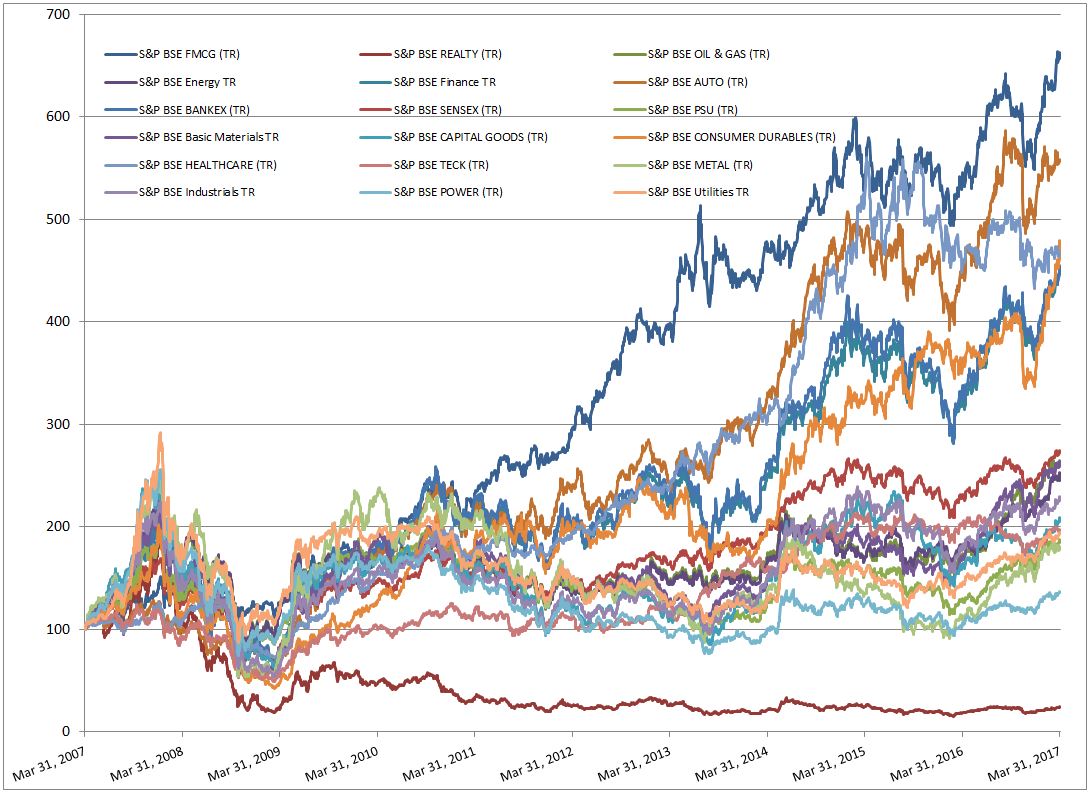As the importance of ESG investing grows, especially in the U.S., the ability to quantify and measure the impact of an ESG-incorporated portfolio will become more relevant. In evaluating performance, traditional investors focus on standard metrics such as return, risk, tracking error, and other familiar modern portfolio theory statistics; however, ESG investors require all of these metrics plus more. They seek ways to quantify the impact of their ESG investing; therefore, it’s beneficial to know the basics of how providers are reporting impact.
There is a difference between impact reporting and impact measurement. Impact reporting refers to a holdings-based calculation using company-level ESG data and scores provided by the major ESG ratings providers. Some providers calculate ESG ratings based on a numerical score from 0 to 100, while others employ a letter-based ranking scale from AAA to CCC. Those using the numerical method calculate the overall portfolio score using the below formula and report the weighted average portfolio and benchmark ESG scores. The improvement in the portfolio’s ESG score compared with the benchmark’s constitutes the percentage improvement, or the “ESG save.”

The letter-based ratings approach reports ESG improvement in a binary fashion, whereby stocks are bucketed into two categories: “AAA to A” or “BBB to CCC.” Accordingly, the percentage of stocks in the top bucket (e.g., 60% of the portfolio) is then compared to that of the benchmark index (e.g., 38% of the benchmark), which is then stated as a percent improvement in the ESG score (22%, for our example). However, one should note that whether they use the numerical or letter-based rating system, providers do not generally disclose the distribution ranges or statistics of their scores, which would be useful and serve as a helpful reference.
The methods described above are considered impact reporting, which is meaningfully different from impact measurement. Impact reporting gauges the sustainability practices of a company and represents an operational perspective, while impact measurement is an outward assessment aiming to quantify the impact of a company beyond the realm of the environment to include its broader impact on society.
Initiatives such as Principles for Positive Impact Finance, launched earlier this year in Paris, are working to incorporate impact measurement in alignment with the 17 Sustainable Development Goals (“SDGs”). The endeavor itself is honorable but presents a host of considerable challenges. Global companies have a multitude of businesses and can find themselves making numerous products—some that are deemed positive and others deemed negative. An attempt to arrive at an overall score that quantifies such an impact can be problematic; perhaps, at least in the early stages, the emphasis should be on working out whether an investment has a broadly positive or negative impact, rather than trying to calculate a number.
Impact reporting is a step in the right direction, and as investors become more familiar with gauging impact, the momentum to assess, evaluate, and measure impact will only continue to grow.
The posts on this blog are opinions, not advice. Please read our Disclaimers.














